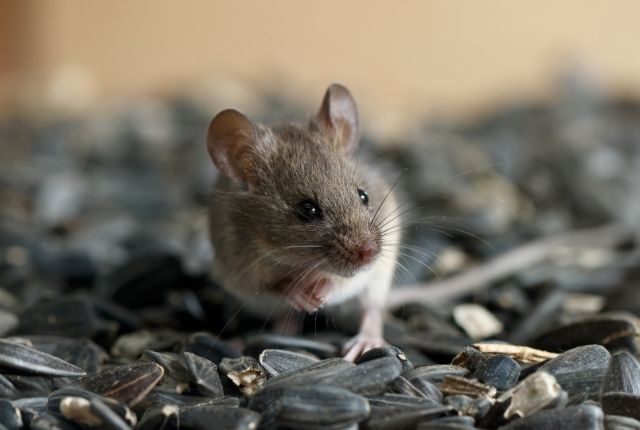The kitchen is the heart of the home. It’s where family meals are made and memories are created. But this cozy place can quickly become a nightmare if mice or other pests get into your food storage areas. Here’s how to deal with the problem and stop similar cooking disasters from happening again.
How to Find the Intruders
There are mice in your food storage places, and you need to know about them before you can do anything about them. Some signs of a mouse problem are:
- Small, pellet-shaped droppings found near food sources are a clear sign that mice have been there.
- Gnaw Marks Mice like to chew, and you may see gnaw marks on boxes, food packing, or wires.
- Scratching Sounds Sometimes, mice are most busy at night, so listen for sounds of rustling or scratching.
- Nests Mice use soft things to make their nests, so look for them in dark, hidden places.
2.Action Right Away
Once you know for sure that there are mice in your house, it’s time to take action:
- Take Out the Contaminated Items Throw away any food that looks like it has been messed with. It’s not worth the risk because mice can spread germs.
- Clean Very Well Mice are drawn to leftover food, so make sure your kitchen is very clean. Pay close attention to grease, bits, and food that has been spilled.
- Seal Points of Entry Find the holes or cracks that mice are using to get into your kitchen and fix them. Gaps around pipes and vents are common places for bugs to get in.
- Set Traps Place mouse traps in appropriate places near places where food is stored. Cheese or peanut butter can work as bait.
3.The Key is Prevention
Stopping future outbreaks is very important. Take these steps to avoid problems:
- How to Store Food Correctly To store dry goods like grains, cereals, and pasta, buy cases that don’t let air in. Mice can break through plastic and cardboard.
- Regular Cleaning Wipe down surfaces and dust your kitchen often to keep it clean. If the place is clean, mice are less likely to stay there.
- Secure Trash Make sure that your trash cans are tightly closed and that they are cleared often.
- Check the Deliveries Make sure there are no bugs or damage on the food and packages before you bring them into the kitchen.
- Seal Entry Points Keep looking around your kitchen for possible entry points and quickly seal them up.
4.People who work in pest control
If the mice problem doesn’t go away no matter what you do, it might be time to call in pest control experts. They know how to find hidden nests, figure out how bad the problem is, and come up with a focused plan for getting rid of the problem and keeping it from happening again.
5.Keeping an eye out
When you’ve successfully gotten rid of a mouse problem, you need to stay alert. Mice are determined animals that will come back if they get the chance. Check your kitchen and places where you store food on a regular basis for signs of new activity.
6.Safety and health
Always keep in mind that mice can spread diseases like salmonella and hantavirus. If you think you have a mouse problem in your food storage areas, put your health and safety first and get rid of the mice and clean up the area right away.
Getting rid of mice in your food storage areas can be hard, but you can protect your kitchen and keep it a safe place for cooking adventures by acting quickly, taking preventative steps, and getting professional help if you need it.
Mice Control Newmarket, we are fully aware of every detail associated with mice. We know just how inquisitive and destructive these tiny rodents can be, and even though they are highly evasive, we have devised several procedures to track down every last one of them on an infested property.
